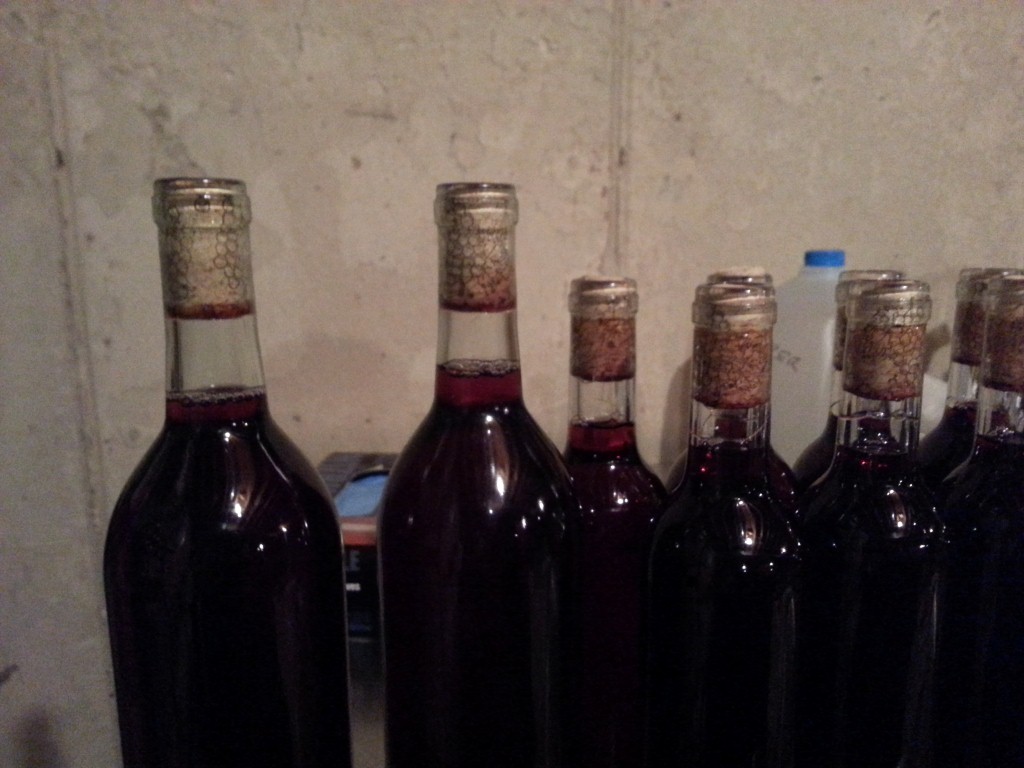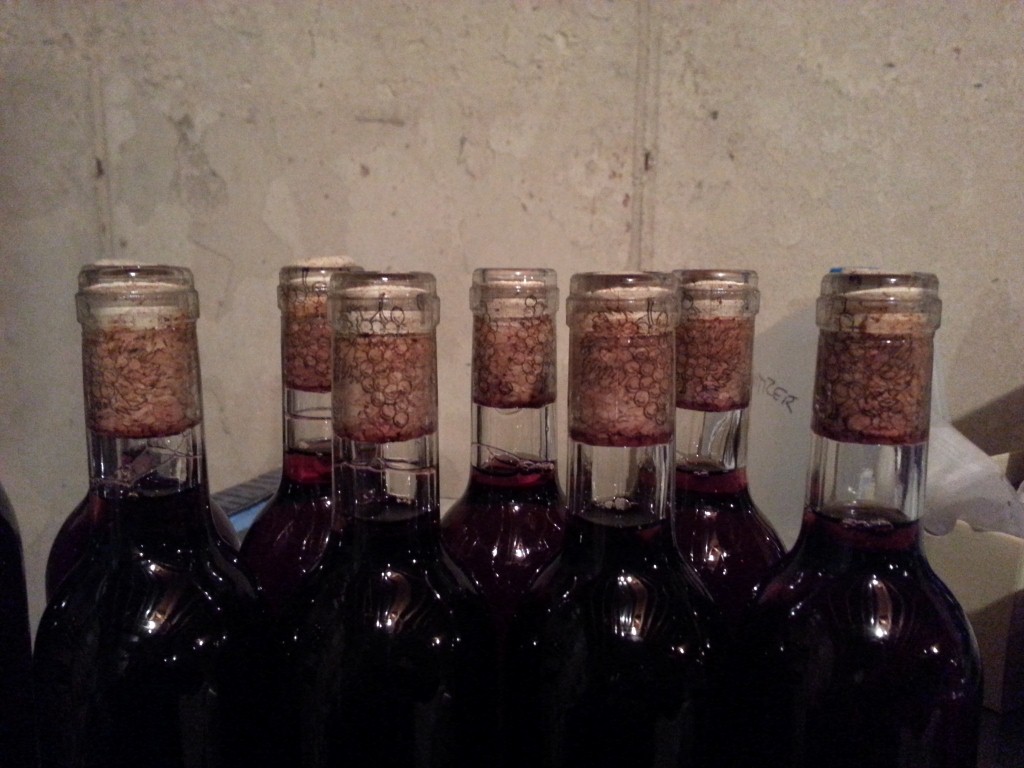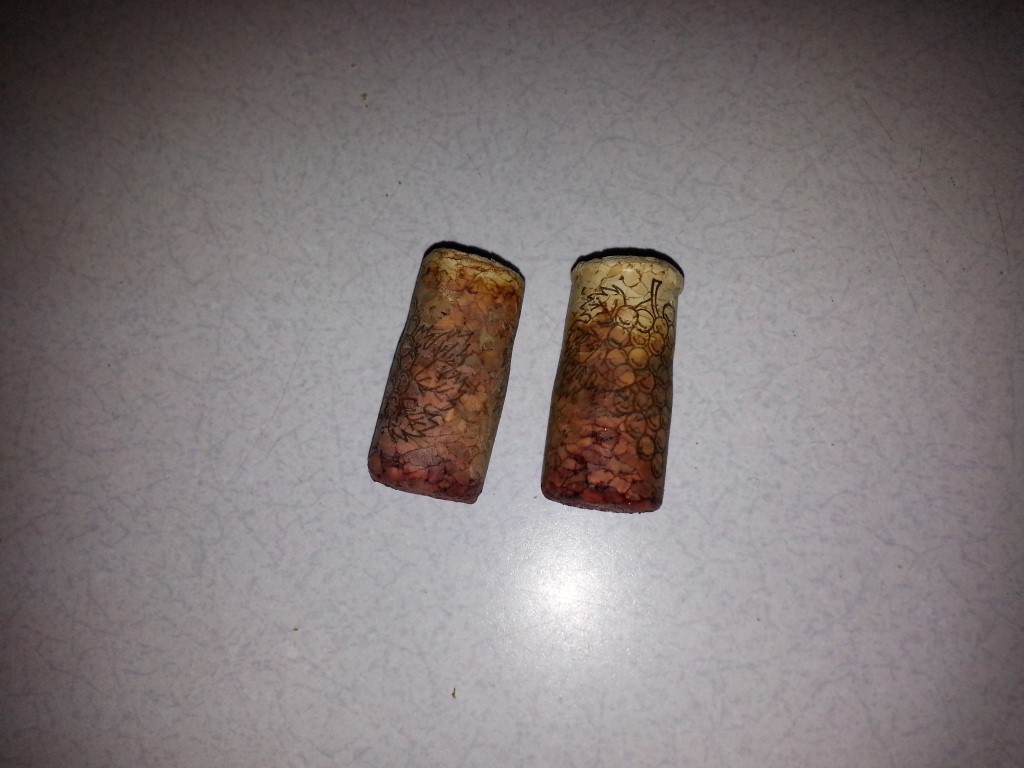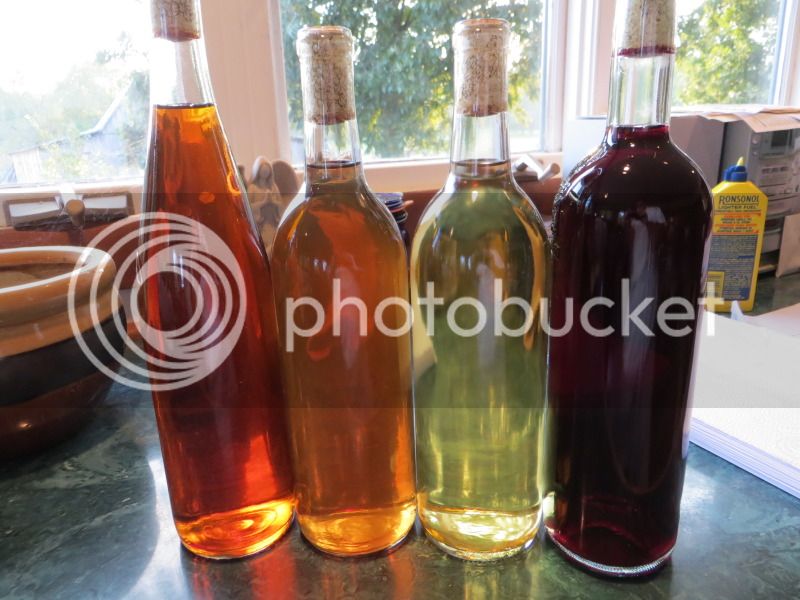bakervinyard
Senior Member
- Joined
- Mar 31, 2012
- Messages
- 449
- Reaction score
- 142
I grabbed a bottle from my basement and I noticed a "brownish" stain on the top. I don't know if it is a mold or what. The wine tasted fine, I just bottled it a month ago. I checked the other bottles quite a few had this "mold" on top. Can't figue out what it is. The bottles were sanitized, I sanitize the corks as well before useing. Only thing I can think of is I opened a new bag of corks on bottling night. Any thoughts ? Should I recork the bottles ? Thanks in advance. Bakervinyard









